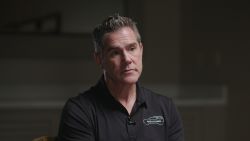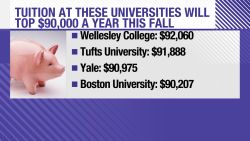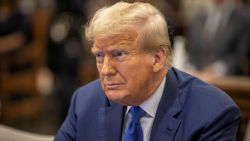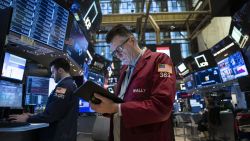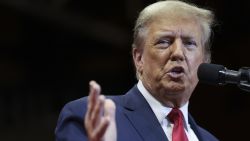The American economy continues to hum along: Consumers and companies are spending, and the job market is solid. Could that be too much of a good thing?
Bond traders seem to think so: The yield on the US 10-year Treasury rose above 3.2% Thursday morning. That’s the highest it’s been since July 2011. On Wednesday, the 10-year yield gained more than on any day since the November 2016 presidential election. The 30-year yield also popped above 3.3%, its highest level since October 2014.
Bond yields are rising because of America’s strength. Intent on keeping inflation in check, the Federal Reserve is gradually raising its target interest rate, making borrowing more expensive. That also increases the cost of paying back existing debt, which could slow spending – and the economy along with it.
Fed chair Jerome Powell said at a speech Wednesday that rates are a “long way from neutral,” In other words, one more rate hike is likely this year and several more could be coming in 2019.
Bond yields around the world rose Thursday as well, but climbing bond rates spooked stock investors. The Dow fell 230 points on Thursday.
One big-time bond investor is worried
Bond king Jeff Gundlach, CEO of investment firm Doubleline Capital, told CNN’s Julia Chatterley on the First Move show Thursday that even higher rates could be problematic because it could further slow down the housing market as mortgages rates climb. Many different types of loans for individuals and businesses are pegged to the 10-year Treasury yield.
Gundlach, who said that the US 10-Year yield could climb to 3.5% and the 30-Year rate could hit 4%, also said higher rates will hurt the big auto companies. He noted that General Motors (GM) and Ford (F) are already starting to report a slump in sales.
Higher rates also often lead to a boost in value for the US dollar. And while that might sound like a good thing, a stronger dollar often hurts overseas profits for giant multinational companies like Apple (AAPL), Boeing (BA) and Caterpillar (CAT).
But will the surge in bond yields last? Jeff Mills, co-chief investment strategist at The PNC Financial Services Group, doesn’t think so.
Bond rates rise when prices fall. In essence, yields are going up because investors are selling bonds.
Mills said he thinks the spike in yields is due to increased hopes that Italy will get its budget problems under control and also because of the new trade deal the US reached with Canada and Mexico.
So there’s less of a reason for big investors around the world to flock to the safety of the US and buy Treasuries. The flight to quality trade may be ending, and that’s pushing rates up as investors sell US bonds.
Rates closing in on their peak?
Many investors were caught off guard when the rates suddenly shot higher, Mills said. Friday’s US jobs report will signal how strong the labor market is and what that might mean for the pace of future Fed rate hikes.
Good jobs numbers, particularly higher wages, could reassure investors that rates are climbing for the right reasons – a stronger economy.
As long as worker productivity rises and spending on capital investments grows strong, then higher wages don’t have to lead to runaway inflation, Mills argues. That’s why he thinks the 10-Year yield will eventually settle in a range around 3.25%.
“The market needs to take a breath and assess what’s going on,” Mills said. “Yes, we will see incremental increases in borrowing costs as rates rise. But yields are still historically low and rising wages will offset any impact of higher rates on the economy.”





